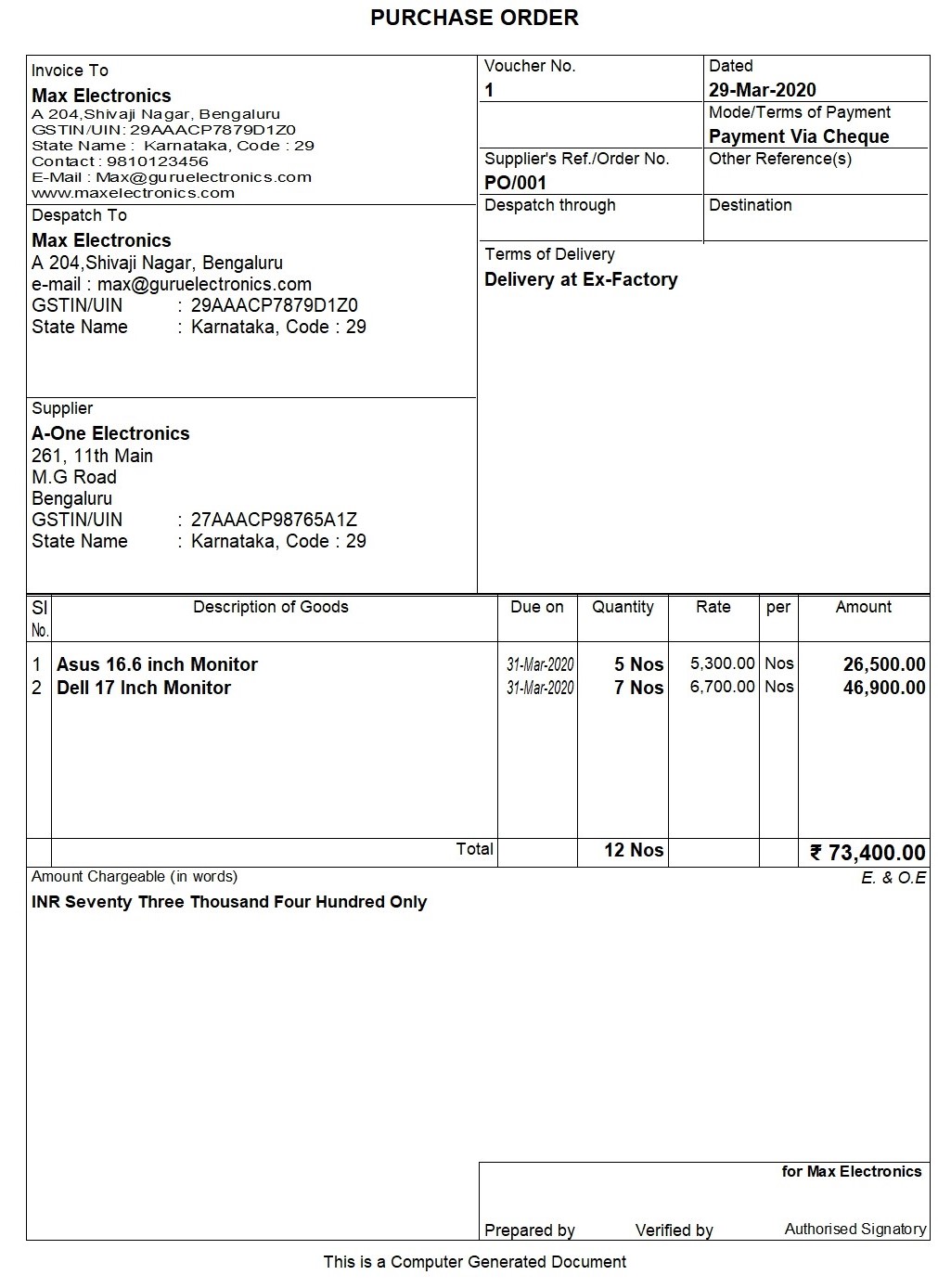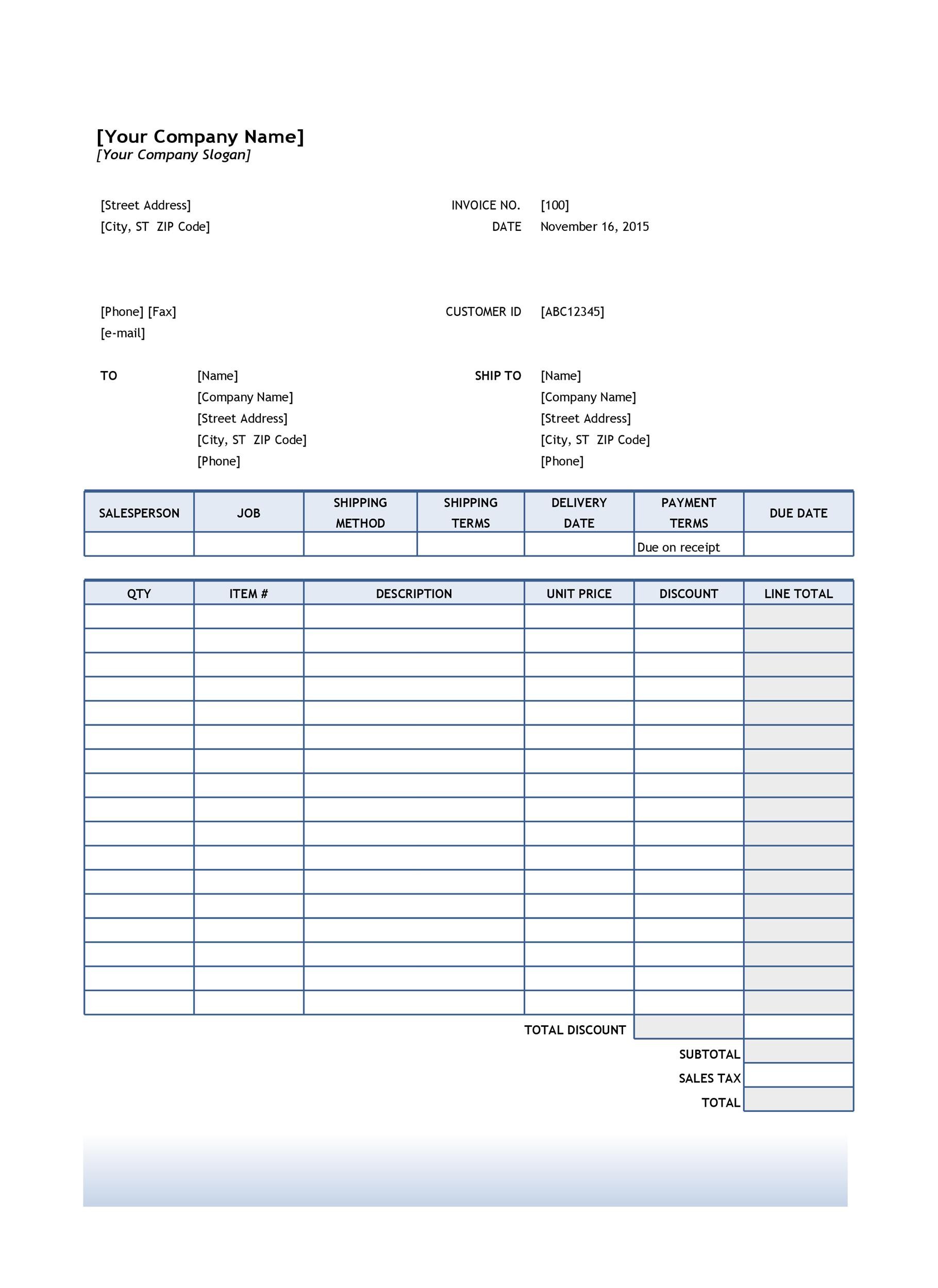

They’ve entered into an agreement, and are now bound to deliver the goods.įor companies with a clear purchasing or spend management process, POs let employees make clear internal resourcing requests. In most cases, when the supplier accepts a purchase order it becomes legally binding. The purchase order should include a clear description, quantity, price, payment terms, and necessary delivery details. It’s essentially a list of goods or services a company wants to buy. What is a purchase order?Ī purchase order (or “PO”) is a document created by a buyer showing what it hopes to acquire from a supplier. Then we'll show how automation and better technology removes them almost instantly.īut let's start with the basics. In this article, we'll quickly look at what's causing these issues. Instead, they tend to add admin, confusion, and long email trails. Purchase orders should add clarity and visibility to business transactions. They add a level of formality and order to what can otherwise be quite a messy system.īut just like most classic spending processes, the idea is usually better than the execution. Drafting a successful purchase order template is critical to ensuring effective management of the supply chain and keep things running smoothly.Purchase orders are one of many valuable tools in a company's accounts payable chest. If a purchase order for one component wasn’t sent or wasn’t confirmed by the supplier, you’re digging through a spreadsheet wondering where things went wrong months ago and you’re definitely not getting that toothpaste in time to hit the holiday rush.Īll of a sudden, it’s December 23rd and you’ve been so deep in spreadsheets scrambling for this information. Each of these components require a different manufacturer to produce, meaning you need to track each one individually and maintain communication with each supplier before you even get to an assembled SKU. Manufacturing toothpaste requires a number of different components (one for the tube, another for the paste, another for the box, etc.). You sent out your POs months in advance so everything should be good to go ahead of the season. So let’s say you’re a brand needing to manufacture toothpaste for a special holiday campaign push. As a company grows and demands become more specific, urgent and complex, communication challenges arise that quickly lead to incorrect and untraceable issues with orders.Īdditionally, different components and SKUs lead to massive spreadsheets, messy supplier relationships and big headaches across your entire organization.

Smaller companies may disregard purchase orders as an unnecessary hassle when they already have a working relationship with a supplier. What information does a purchase order include?Ī purchase order generally includes the name of the company purchasing the goods, a date, a description and quantity of the goods, the price, a mailing address, payment information, invoice address, and a purchase order number. Most importantly though, a good purchase order helps save your business time and money. Essentially, a purchase order is a contract that helps protect both the buyer and seller if there are problems with the payment or delivery. A purchase order communicates exactly what you’re buying, how you want it produced, and how you want it shipped and handled.Įffective purchase orders are absolutely needed when manufacturing abroad.
PURCHASE ORDERS HOW TO
See why purchase orders matter, how to create them and how they can help bring visualization to your supply chain.Ī purchase order (PO) is an official document outlining expectations between the supplier and buyer. When managed effectively, a purchase order can mean the difference between on time deliveries, messy supplier relations, delayed orders and all around ineffective supply chain management. Purchase orders are more than messy paperwork and wasted time.


 0 kommentar(er)
0 kommentar(er)
